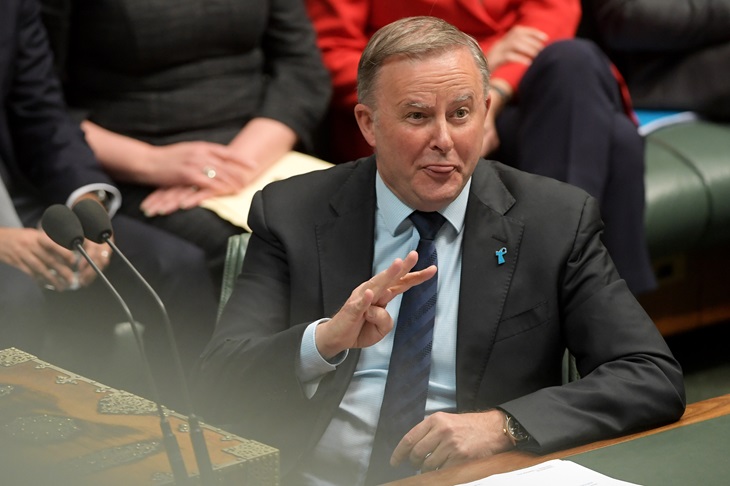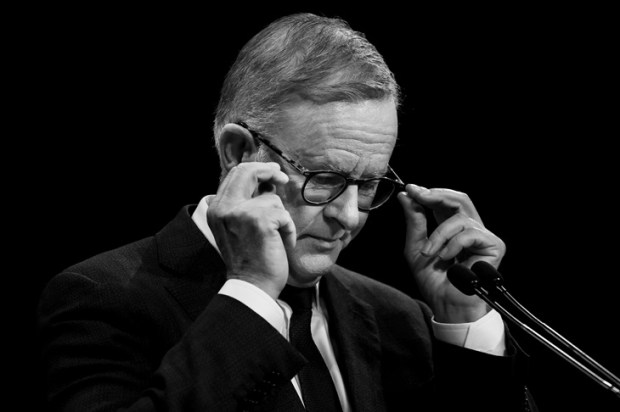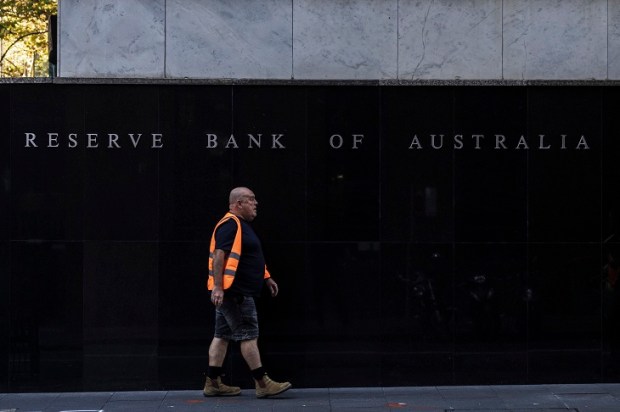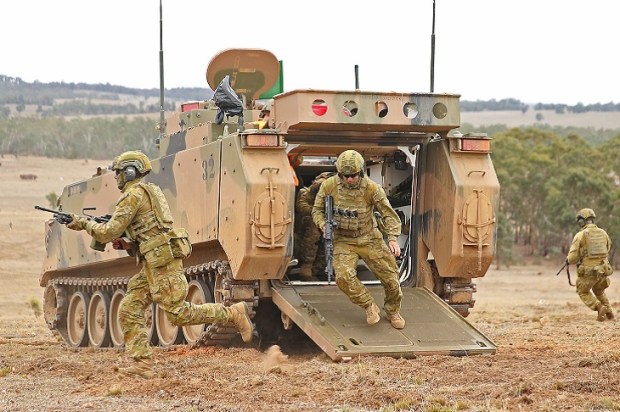The two most notable Labor promises before the May 2022 election involved ‘getting wages moving again’ and the promise to bring down electricity prices.
We heard them ad nauseam, yet it is worth quoting precisely what was said so that we can check on their progress.
Launching an energy policy at a press conference in December 2021, Albanese said that under him, ‘…Electricity prices [would] fall from the current level by $275 for household[s] by 2025…’
When questioned by a journalist whether he thinks the promise is feasible in such a short time, the Prime Minister replied: ‘I don’t think, I know.
Already a subscriber? Log in
Subscribe for just $2 a week
Try a month of The Spectator Australia absolutely free and without commitment. Not only that but – if you choose to continue – you’ll pay just $2 a week for your first year.
- Unlimited access to spectator.com.au and app
- The weekly edition on the Spectator Australia app
- Spectator podcasts and newsletters
- Full access to spectator.co.uk


























Comments
Don't miss out
Join the conversation with other Spectator Australia readers. Subscribe to leave a comment.
SUBSCRIBEAlready a subscriber? Log in